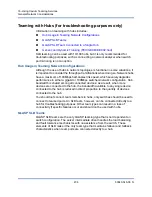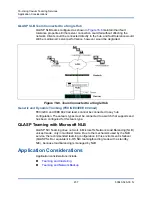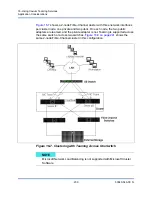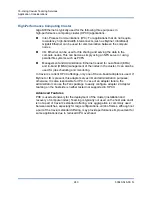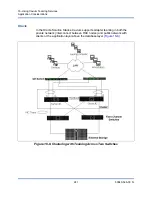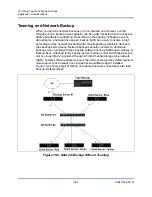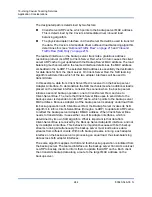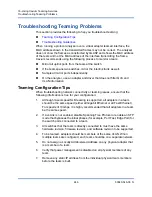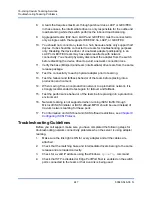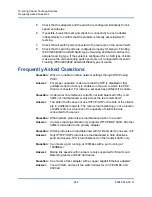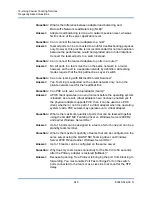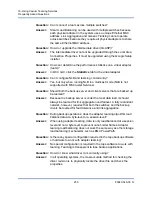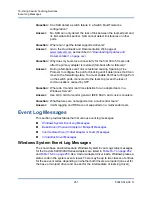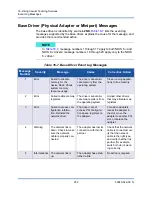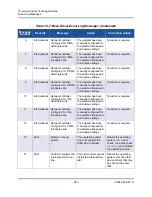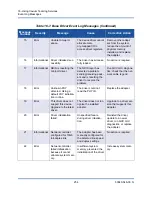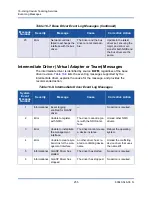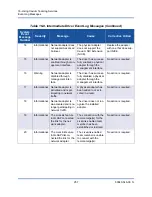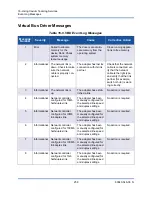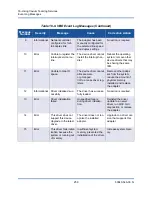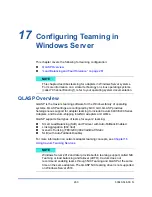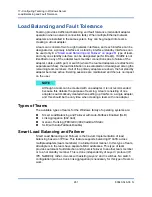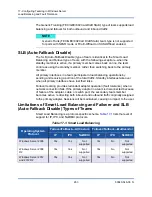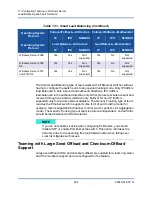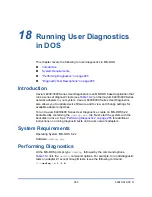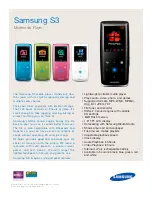
16–Using Cavium Teaming Services
Frequently Asked Questions
250
83840-546-00 N
Question:
Can I connect a team across multiple switches?
Answer:
Smart Load Balancing can be used with multiple switches because
each physical adapter in the system uses a unique Ethernet MAC
address. Link Aggregation and Generic Trunking cannot operate
across switches because they require all physical adapters to share
the same Ethernet MAC address.
Question:
How do I upgrade the intermediate driver (QLASP)?
Answer:
The intermediate driver cannot be upgraded through the Local Area
Connection Properties. It must be upgraded using the QLogic Setup
installer.
Question:
How can I determine the performance statistics on a virtual adapter
(team)?
Answer:
In QCC GUI, click the
Statistics
tab for the virtual adapter.
Question:
Can I configure NLB and teaming concurrently?
Answer:
Yes, but only when running NLB in a multicast mode (NLB is not
supported with MS Cluster Services).
Question:
Should both the backup server and client servers that are backed up
be teamed?
Answer:
Because the backup server is under the most data load, it should
always be teamed for link aggregation and failover. A fully redundant
network, however, requires that both the switches and the backup
clients be teamed for fault tolerance and link aggregation.
Question:
During backup operations, does the adapter teaming algorithm load
balance data at a byte-level or a session-level?
Answer:
When using adapter teaming, data is only load balanced at a session
level and not a byte level to prevent out-of-order frames. Adapter
teaming load balancing does not work the same way as other storage
load balancing mechanisms such as EMC PowerPath.
Question:
Is there any special configuration required in the tape backup software
or hardware to work with adapter teaming?
Answer:
No special configuration is required in the tape software to work with
teaming. Teaming is transparent to tape backup applications.
Question:
How do I know what driver I am currently using?
Answer:
In all operating systems, the most accurate method for checking the
driver revision is to physically locate the driver file and check the
properties.

